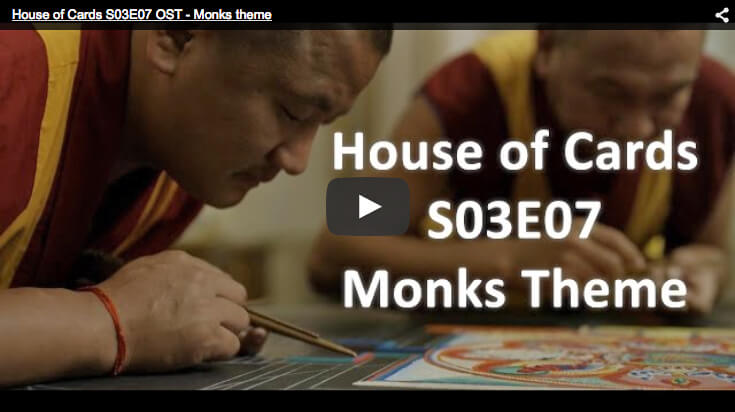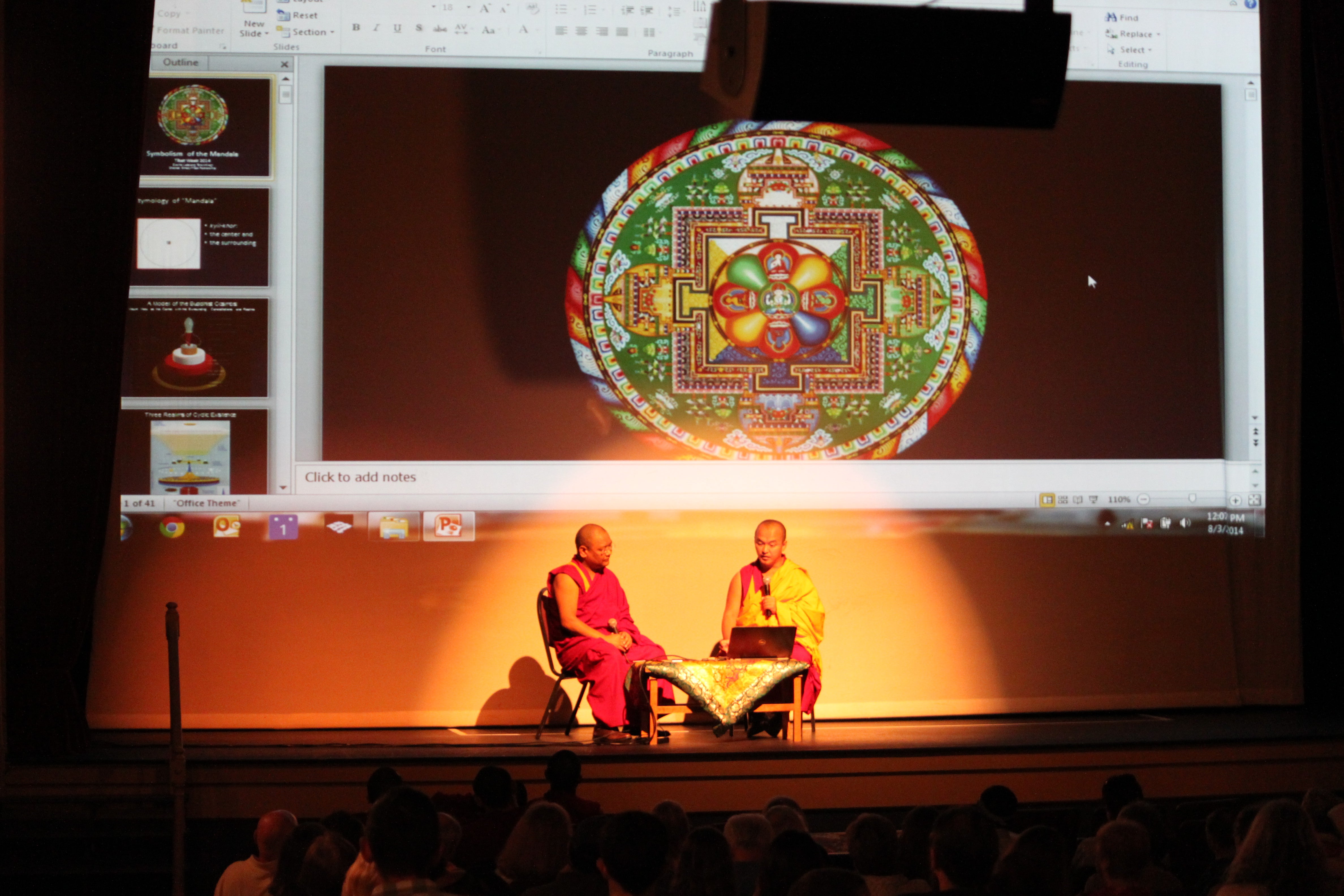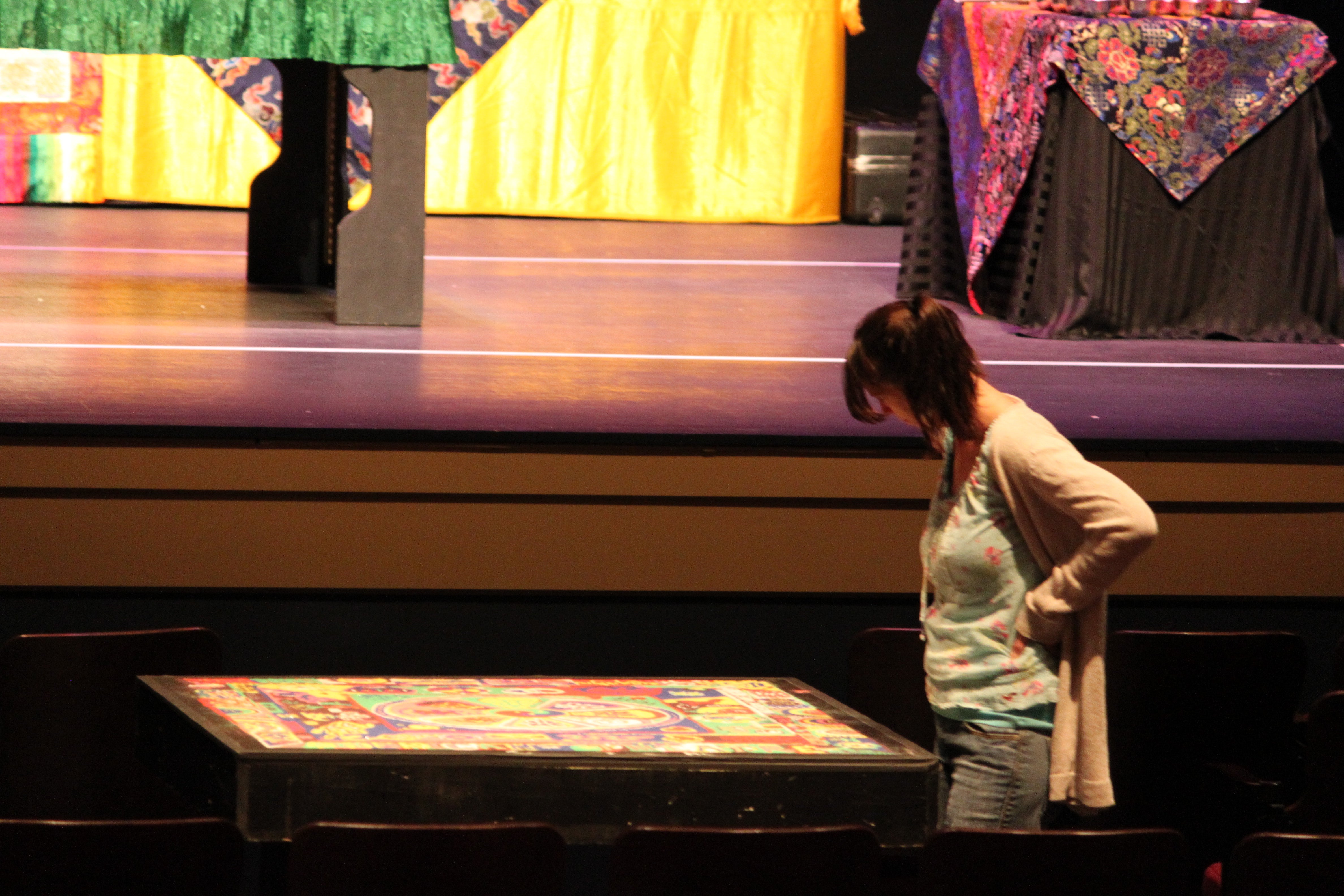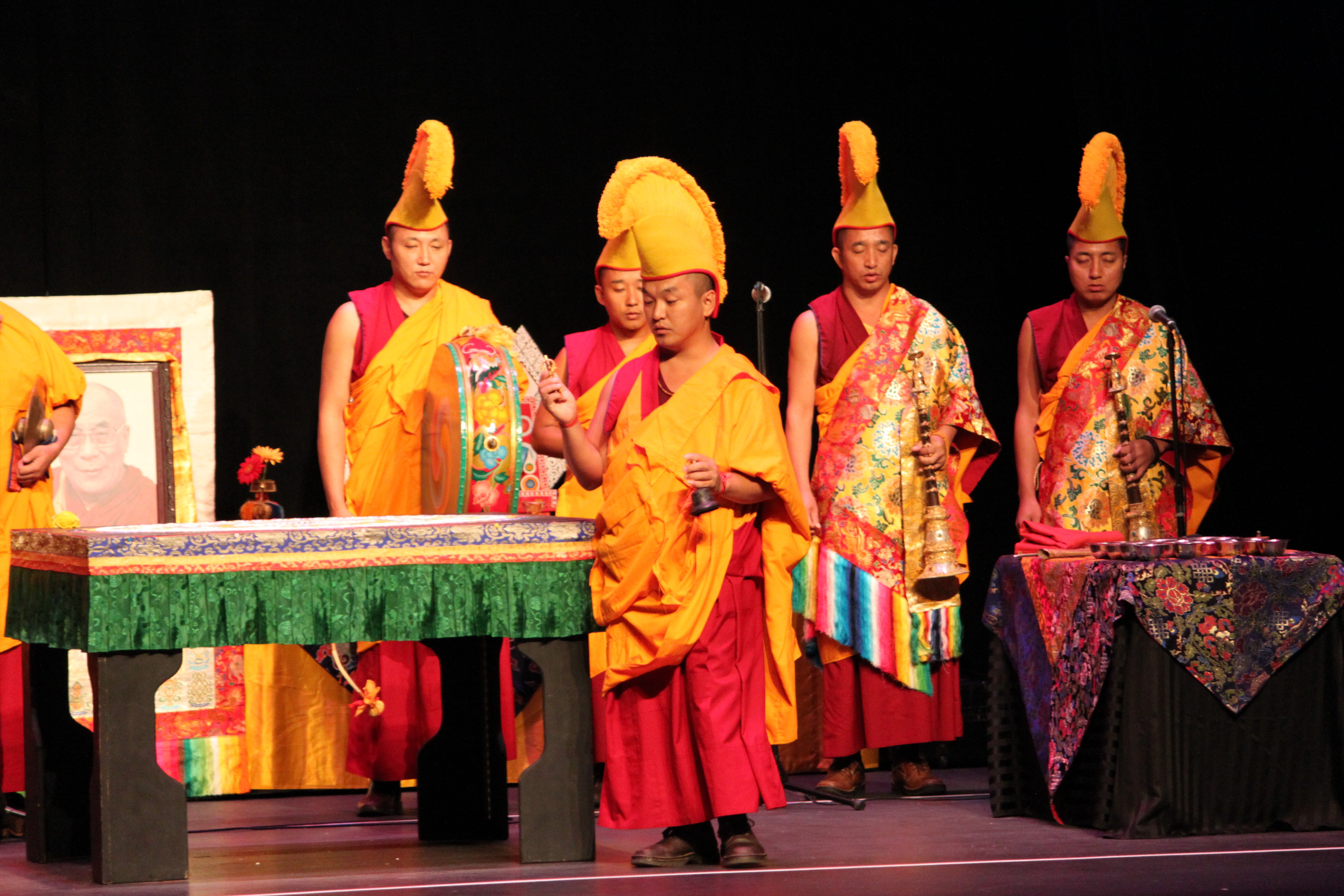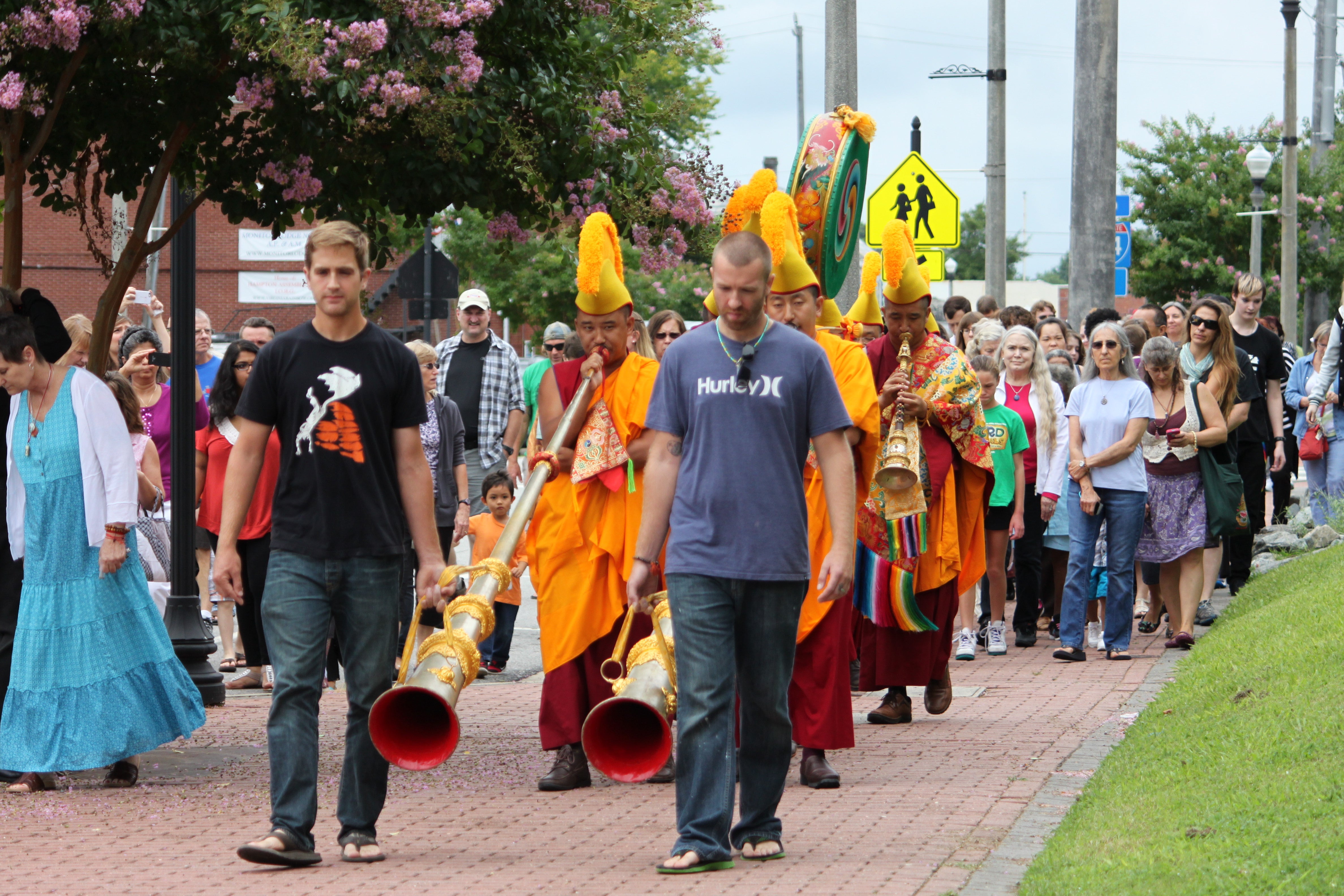Monk Week returns to Phoebus
The Mystical Arts of Tibet: Healing the Earth
On February 27, 2015, Netflix, the online streaming movie giant, released the return of one of their most anticipated series with Season 3 of their hit political thriller "House of Cards". Guess who was featured? Yep, the Monks of Drepung Loseling Monastery. See for yourself:
The Monks on the hit TV show, "House of Cards".
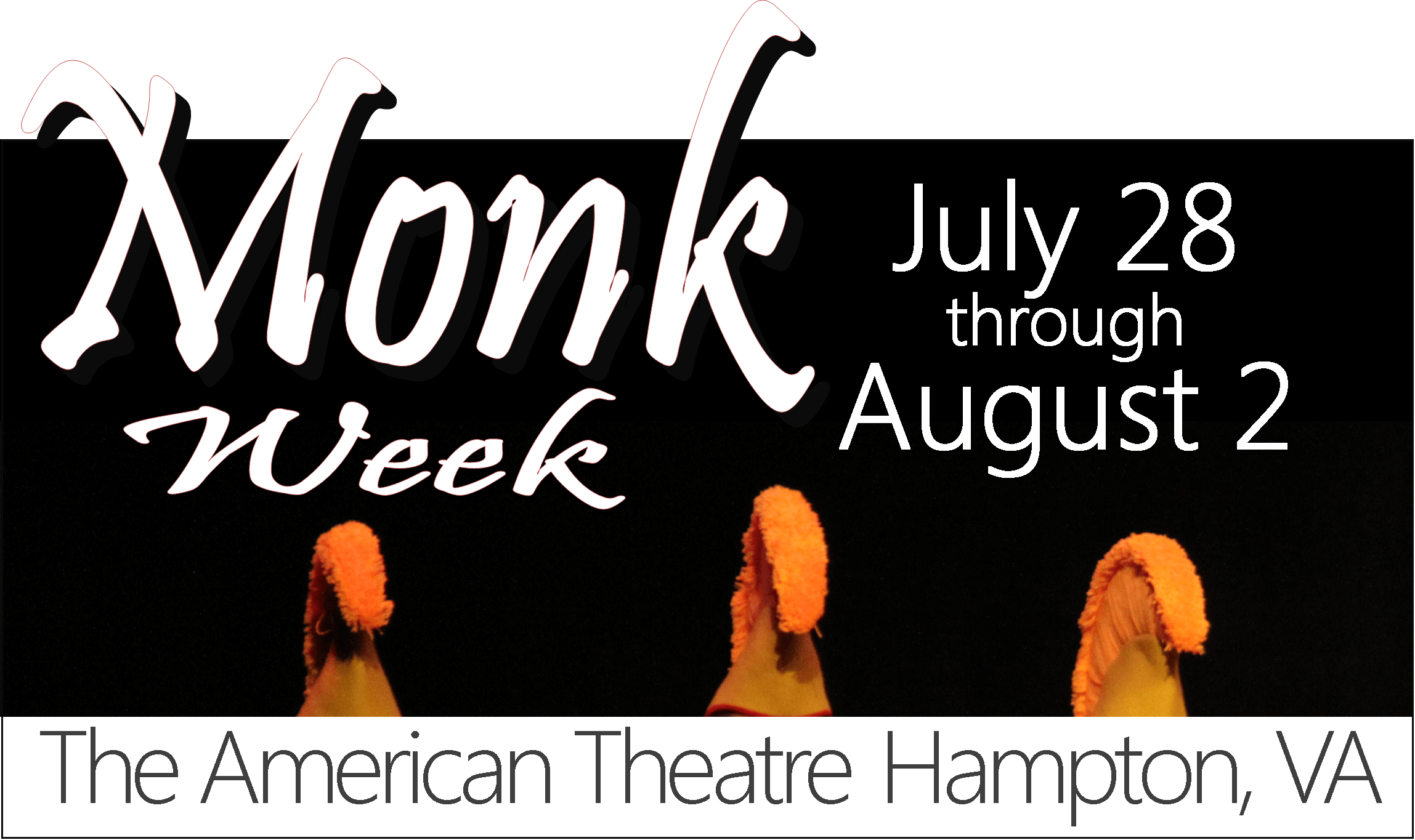
Throughout Hampton Roads, the annual arrival of the Tibetan Lamas of Drepung Loseling Monastery is referred to as ‘Monk Week’. Make time in your schedule to visit The American Theatre for a week of reflection, inspiration and healing. All ages are welcome.
HERE’S YOUR MONK WEEK EVENT GUIDE:
TUESDAY, JULY 28, 7PM: Opening Ceremony (FREE)
Welcome the monks of Drepung Loseling Monastery. Many consider the Opening Ceremony to be the highlight of Monk Week. Join us for this special evening.
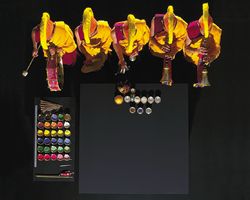
WEDNESDAY–FRIDAY, JULY 29– JULY 31, 10AM-6PM DAILY: Creation of Sand Mandala (FREE)
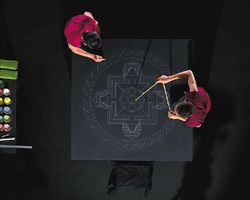
The monks of Drepung Loseling Monastery will once again create a sand-painted mandala. Formed of a traditional prescribed iconography that includes geometric shapes and a multitude of ancient spiritual symbols, the sand-painted mandala is used as a tool for re-consecrating the earth and its inhabitants. From all the artistic traditions of Tantric Buddhism, that of painting with colored sand ranks as one of the most unique and exquisite. In Tibetan this art is called dul-tson-kyil-khor, which literally means "mandala of colored powders." Millions of grains of sand are painstakingly laid into place on a flat platform over a period of days.

The monks begin the work by drawing an outline of the mandala on the wooden platform, which requires the remainder of the day. The following days see the laying of the colored sands, which is effected by pouring the sand from traditional metal funnels called chak-purs. Each monk holds a chak-pur in one hand, while running a metal rod on its grated surface; the vibration causes the sands to flow like liquid.
THURSDAY, JULY 30, 7PM: From Confusion to Enlightenment: Steps in Inner Evolution Lecture (FREE)
The seed of enlightenment lies dormant within all living beings, and is present even in the most confused states of mind. Like a lotus grows in mud and becomes a fully blossomed flower, the mind of confusion can grow into the beauty of fully mature presence.
SATURDAY, AUG 1, 10AM–2PM: Completion of Sand Mandala (FREE)
Watch as the final grains of sand are laid and the Mandala is completed.
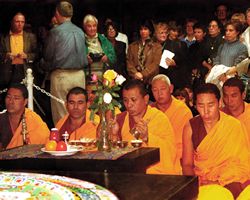
SATURDAY, AUG 1, 2PM – 6PM; SUNDAY, AUG 2, 10AM - 12PM: View Completed Sand Mandala (FREE)
Once completed, the Mandala will be available for viewing for less than 24 hours. Traditionally most sand mandalas are deconstructed shortly after their completion. This is done as a metaphor of the impermanence of life.
SUNDAY, AUG 2, 12PM: Symbolism of the Sand Mandala Lecture (FREE)
The Mandala is a sacred cosmogram used as an object of contemplation. It depicts the pure nature of the world in which we live as well as how we can live most effectively. By creating a sand Mandala we bring the creative energy of that sacred dimension into our lives and attune ourselves to this natural perfection.
SUNDAY, AUG 2, 1PM: Closing Ceremony - (FREE)
The sand mandala will be deconstructed during the closing ceremony. This is done as a metaphor of the impermanence of life.
The sands are swept up and placed in an urn; to fulfill the function of healing, half is distributed to the audience at the closing ceremony, then the audience follow the monks through Phoebus as the remainder is carried to the water, where it is deposited.
The waters then carry the healing blessing to the ocean, and from there it spreads throughout the world for planetary healing.
A Brief History of Drepung Loseling Monastery
Drepung Monastery was established near Lhasa, Tibet in 1416 by Chojey Tashi Palden. It had four departments, of which Loseling, or "The Hermitage of the Radiant Mind," was the largest, housing more than three quarters of Drepung's ten to fifteen thousand monks. Drepung Loseling was especially close to the Dalai Lama incarnations; the Second Dalai Lama made his residence here in 1494, and subsequent incarnations maintained this link.
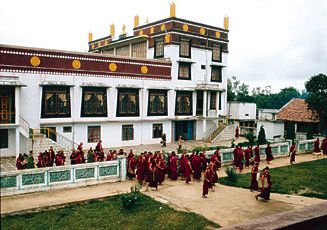
After the Chinese Communist invasion of Tibet in 1959 and the forced closure and destruction of its 6,500 monasteries, some 250 monks from Loseling managed to escape the holocaust and rebuild their institution in Karnataka State, South India. The traditional training program was thus preserved. Over the years many more young spiritual aspirants have fled Chinese-occupied Tibet and sought entrance into the monastery, thus helping to preserve their traditional culture. The number of monks presently in the re-established Drepung Loseling has increased to more than 2,500.
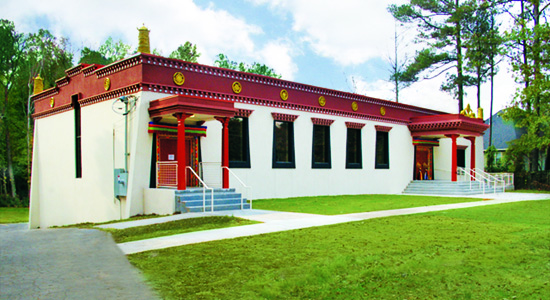
In 1991, as a result of The Mystical Arts of Tibet tours, the monks were invited to establish a seat in North America. Thus Drepung Loseling Monastery, Inc. was born in Atlanta, Georgia. A non-profit organization dedicated to the study and preservation of the Tibetan Buddhist tradition of wisdom and compassion and a center for the cultivation of both heart and intellect, Drepung Loseling provides a sanctuary for nurturing inner peace, community understanding, and global healing. In 1998 Drepung Loseling and its North American seat established academic affiliation with Emory University with the objective of promoting transcultural understanding and scholarly interchange. This historic affiliation between two major institutions of learning was inaugurated by His Holiness the Dalai Lama on May 12, 1998.

